Click below to listen to my 2 min. Garden Bite radio show: Milkweed Heaven
Audio PlayerMilkweed. THE monarch butterfly magnet!

But it’s not just the common milkweed. There are, in fact, several options. I’ll get to those. Karen Oberhauser, Director of the University of Wisconsin- Madison Arboretum, says part of the massive decline of the monarch is weather related. Early, warm springs tend to be associated with low monarch numbers. She says that may be due to the mismatch in the timing of milkweed availability. Habitat loss, is the number one reason for the decline.
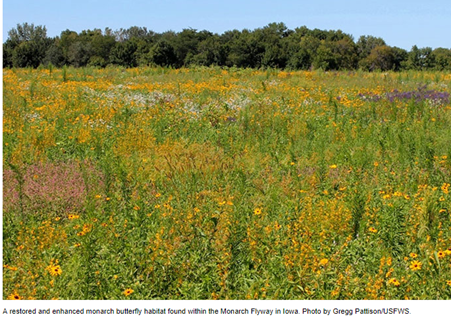
While the common milkweed is easiest to grow and smells wonderful, there is also the ‘Rose Milkweed’ which prefers the soil to be wet to medium wet. This one’s’ deer resistant. Note: all these links are for Prairie Moon Nursery which deals with only native plants in the Upper Midwest. They’re not the only ones. I always encourage folks to check with your local nurseries!

A tall that grows in upland forest areas is ‘Poke Milkweed’, while not as stunning to look at, it provides great habitat for monarch larvae and some moths.
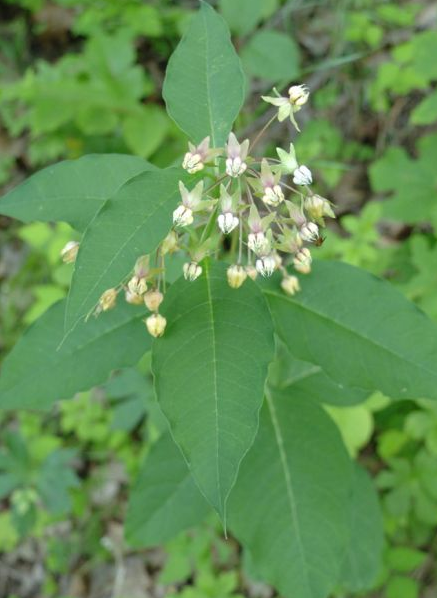
One of the prettier milkweeds is a native called ‘Tall Green’. It’s actually shorter than poke milkweed, growing to 4 feet tall. The prolific flowers are a white-green. It grows in wet to dry soils.

Take the time to look at these beauties! ‘Whorled Milkweed’ is a favorite of monarchs. It’s narrow, whorled leaves and clusters of up to 20 white flowers at the top of the stem bloom between July and September, later than most milkweeds. This native grows to about 2 feet tall.
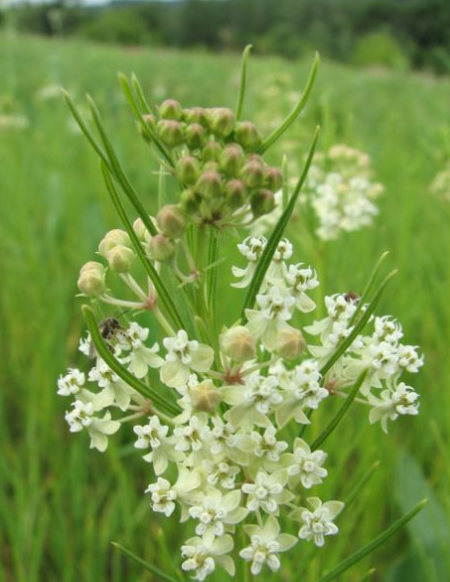
The shortest member is called ‘Spider’ milkweed. It grows to 1 foot tall and has rose-white flowers surrounded by green that form in showy clusters. It’s a good garden choice and is very tolerant of dry soils. It’s also called Green Antelopehorn.
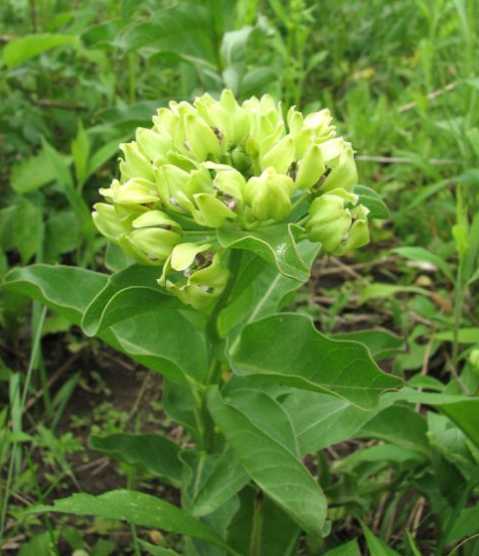
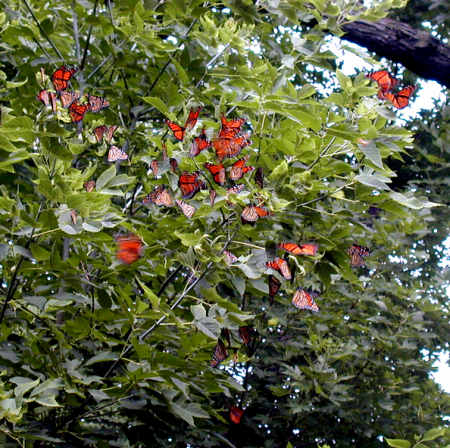
- Lakeville, MN 2007 or 08
